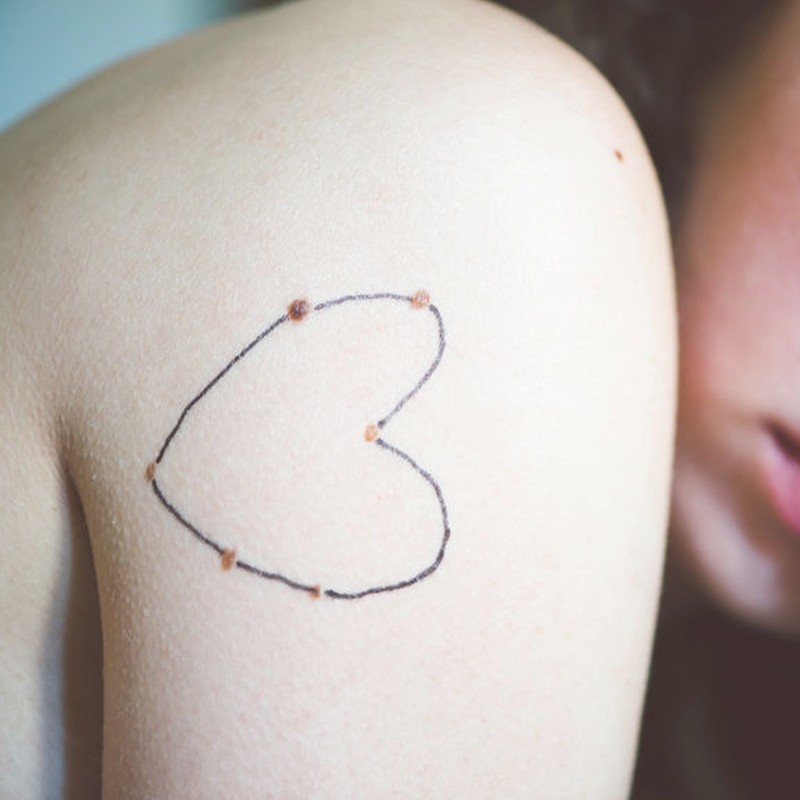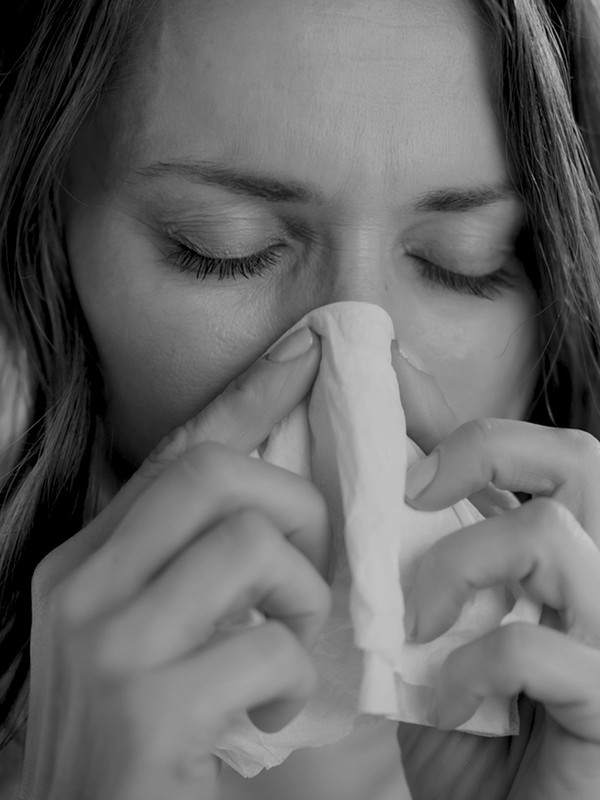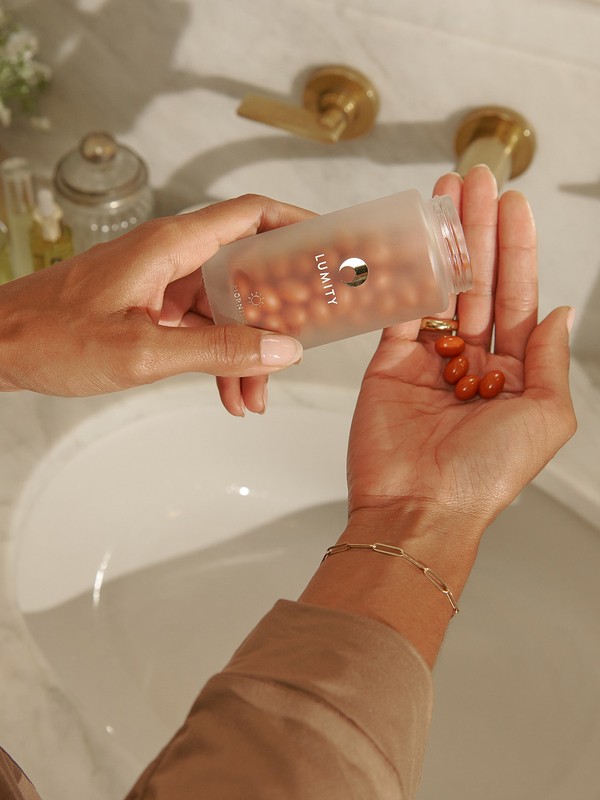Everything You’ve Ever Wanted To Know About Your Moles
Firstly, Know What Moles Are
A mole is made up of specific cells called melanocytes. These cells aren’t always evenly spread out: random areas will acquire a cluster and during your life, these clusters can grow into a mole. They appear in early childhood during the first 25 years of a person’s life. As the years pass, moles usually change slowly, becoming raised and/or changing colour. Sometimes, hairs develop in the mole. Some may not even change at all, while others can disappear over time – this is completely normal and common.
Be On The Lookout For Change
It does always depend on the change as some moles naturally lose colour as we age, while others become more warty or fleshy. There is an ABCDE rule that everyone should follow though, it works well as a checklist:
Asymmetry
Border – changed shape
Colour – change in colour e.g. darker, lighter, variegated pigmentation
Diameter – is a mole growing? A rule of thumb is if a mole is bigger than the end of a pencil it should be watched
Evolving – changing in shape, colour, diameter etc.
I would also add the so-called ‘ugly duckling sign’. Our moles often look fairly similar, if one is much darker for example and stands out, particularly if this is a new change it definitely needs to be checked out.
Check In Once A Year
For me, the gold standard is still to have a full skin check from head to toe with an experienced dermatologist using a dermatoscope – a hand-held microscope for moles. It’s key to go without nail polish on either as it’s not uncommon to get melanomas underneath the nail, and they’ll look for that. There are good mole mapping machines out there now and available to us all to use. In very simple terms, if you want to generally keep a watch on a mole, take a photograph preferably with a measuring guide next to it, this is a great way to track any changes yourself.
Remember Not All Moles Are Created Equal
Troublesome moles can have different presentations. They may have changed shape, once a smooth edge may have become more irregular. The mole may have grown, become darker or developed different colours within it such as a darker brown, black or pink colour, amongst others. The mole may have begun to itch or bleed. Remember 70% of melanoma are completely flat, so don’t be falsely reassured that a mole isn’t raised.
Know Your Symmetry
Symmetry of your mole is very important; any misshaping of the mole is an important marker and may warrant further investigation. So, use this as your own tool to guide yourself.
Understand That Melanoma Has No Set Cause
As with many things, the cause is multifactorial and not entirely understood. Risk factors include genetics, skin type (think pale skin and red hair, or having multiple atypical moles) and UC exposure. You’re especially at risk if there has been significant sunburn in childhood. Another key hazard is when winter skin is suddenly exposed to two weeks of tropical sun, and it goes without saying that the use of sunbeds isn’t advisable for anybody – they still emit the same harmful UV rays as the sun. If you have a melanoma, the prognosis depends on certain features and depth of invasion is one of the most important prognostic indicators.
Learn How To Reduce Your Risk Factors
We can all reduce the risk factors we have control over. Especially avoiding sunburn in childhood and steering clear of sun beds. Be very careful about excessive sun exposure on holiday and stick to the rules of avoiding midday sun between 11am – 3pm – this isn’t a myth; it really is prime time for burning. Remember the UK can be just as dangerous when it comes to sunburn so never skip your SPF. Finally, if you notice any moles changing, seek help immediately. Patients worry about wasting their GP’s or dermatologist’s time, but we would much prefer to reassure you than to see somebody too late with a high-risk melanoma.
DISCLAIMER: We endeavour to always credit the correct original source of every image we use. If you think a credit may be incorrect, please contact us at info@sheerluxe.com.






